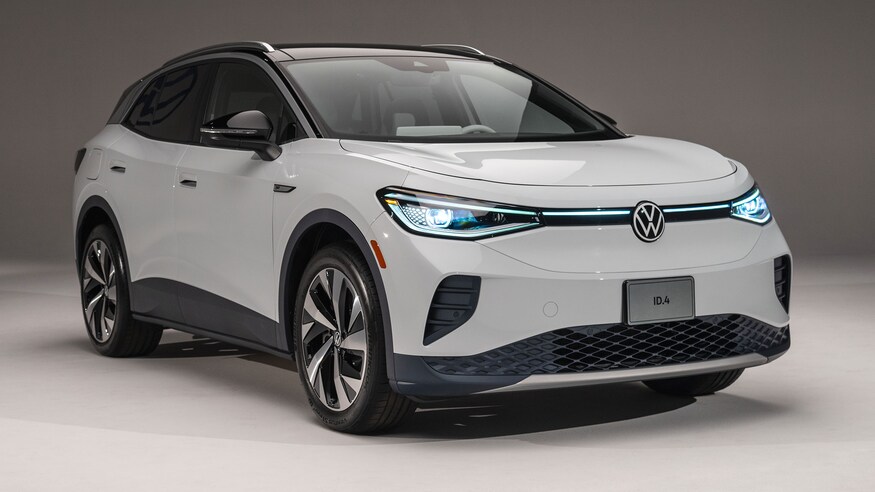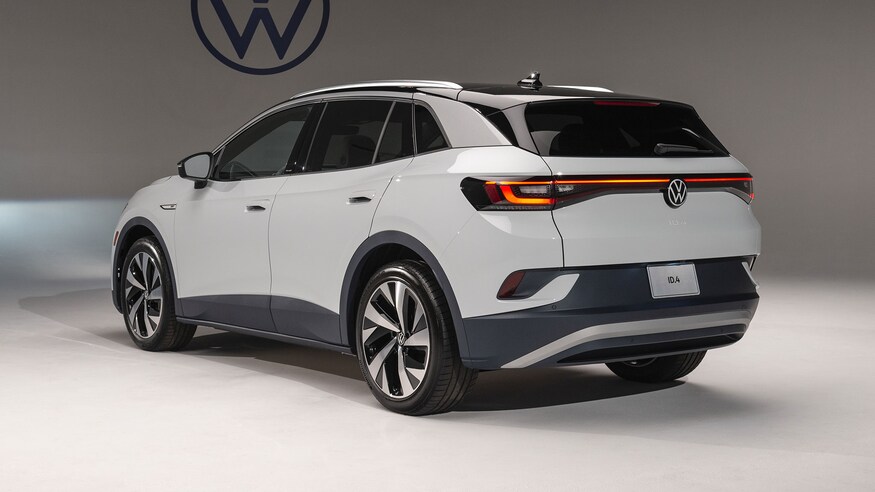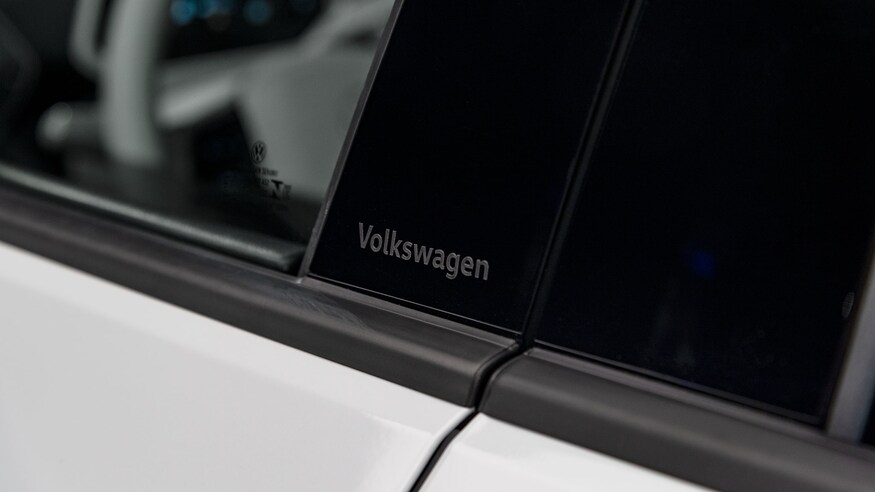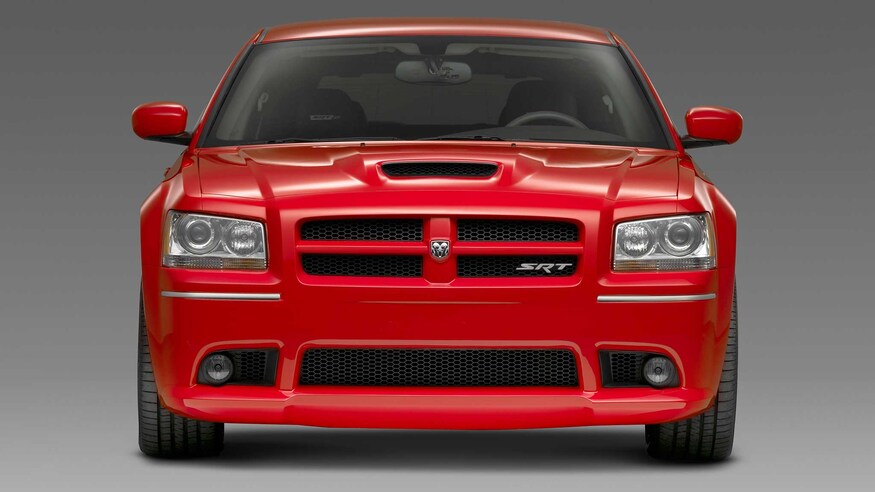These are for the V-6—expect the EPA ratings for the four-cylinder to be better.
Looking as hot as any compact luxury SUV on the market right now, the first-ever Genesis GV70 will make its grand arrival on showroom floors this year as a 2022 model. While Genesis has kept the on-sale date and pricing for its second SUV after the larger GV80 under wraps, we do know that two engine choices will be available. But the newest member of the luxury Korean brand has some fierce competition that includes the Audi Q5, BMW X3, and Volvo X60. We here at MotorTrend cannot wait to see how the GV70 stacks up to those rivals in a broad sense, but we now have some hint of how it'll do on the fuel economy battlefield.
That is because official EPA ratings for the V-6-powered GV70 were just announced. The all-wheel-drive Genesis GV70 equipped with a 3.5-liter engine comes rated at 19 mpg in the city, 25 mpg on the highway, and 21 mpg combined. Figures are not out yet for the 2.5-liter GV70, but we suspect that model will be offered with rear-wheel drive as well as all-wheel drive, both which we expect will be more efficient than the GV70 with the six-cylinder option.
The 2.5-liter turbocharged four-cylinder engine (300-hp, 311-lb-ft of torque) will be limited to base GV70s, however; higher trims get the more powerful 3.5-liter twin-turbo V-6 pumping out 375 hp and 391 lb-ft of torque. Both engines are hitched to an eight-speed automatic transmission.
Gorgeous inside and out, the GV70 is a game-changer from an evolving automaker that seems to get better with time. Just like the GV80, this luxury crossover will be going head-to-head with other well-established models. Stay tuned for updates on pricing and driving impressions, which will further help situate the 2022 GV70 amongst its competitive set.

























